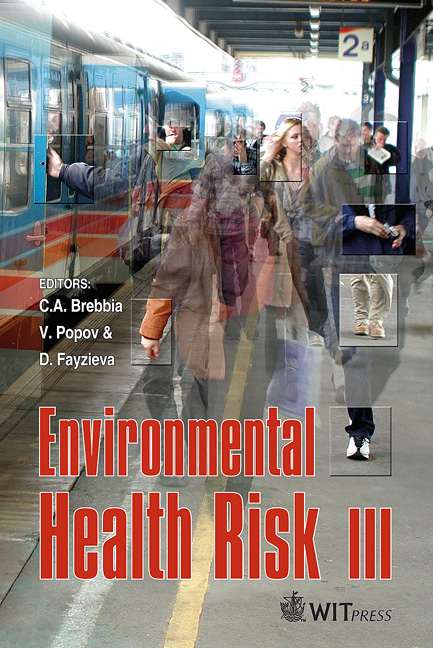Biodegradation Of Carbaryl And Phthalate Isomers By Soil Microorganisms
Price
Free (open access)
Transaction
Volume
9
Pages
10
Published
2005
Size
339 kb
Paper DOI
10.2495/EHR050431
Copyright
WIT Press
Author(s)
P. S. Phale
Abstract
Pseudomonas sp. strain PP4 and C5 utilize phthalate isomers (o-, m- and p-) and carbaryl as carbon source, respectively. Degradative pathways were elucidated by isolating and characterizing metabolites, whole-cell O2 uptake and enzyme activity studies. Metabolic studies suggest that phthalate isomer degrading pathways converge at 3,4-dihydroxybenzoic acid. Phthalate dioxygenases responsible for the degradation of the respective phthalate isomers are induced specifically, suggesting that probably there are three different phthalate dioxygenases. This was supported by whole-cell O2 uptake studies and cells grown on glucose failed to show the activity of phthalate pathway enzymes. Glucose-grown cells lost the phthalate degradation property indicating probable involvement of plasmid, which is expressed and maintained selectively in the presence of phthalate isomers. The metabolic studies with Pseudomonas sp. strain C5 suggest that carbaryl is first hydrolyzed to 1-naphthol by carbaryl hydrolase. Generated 1-naphthol is metabolized via 1,2-dihydroxynaphahtlane, salicylate and gentisic acid to TCA cycle intermediates, thus serving as the sole source of carbon and energy. The ability to utilize phthalates (0.3%) and carbaryl (1%) at high concentrations make these strains suitable candidates for bioremediation. Detailed understanding of metabolic pathways and genetic make-up will enable one to modify these strains by genetic engineering tools for suitable application in bioremediation. Keywords: Phthalate degradation, Carbaryl metabolism, oxygenases, bioremediation, pseudomonas.
Keywords
Phthalate degradation, Carbaryl metabolism, oxygenases, bioremediation, pseudomonas.





